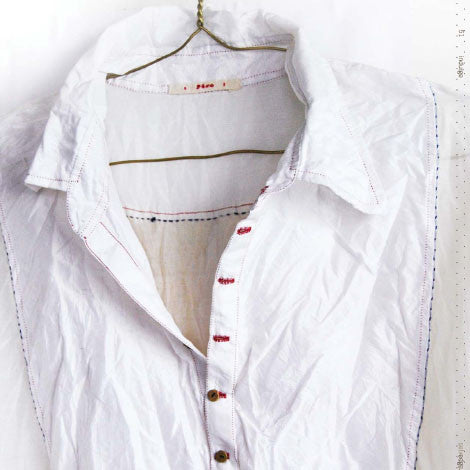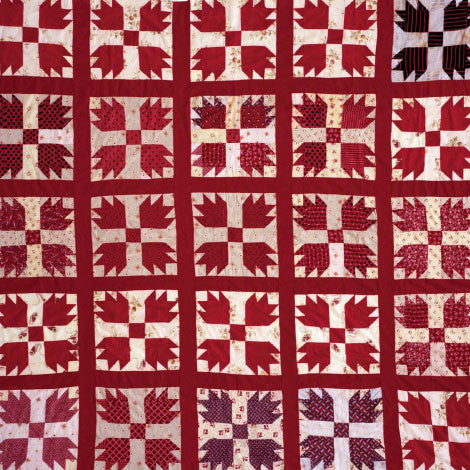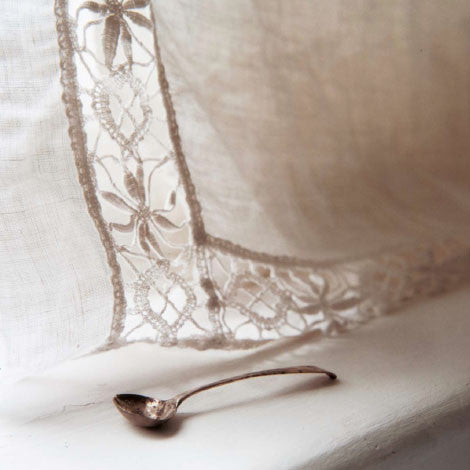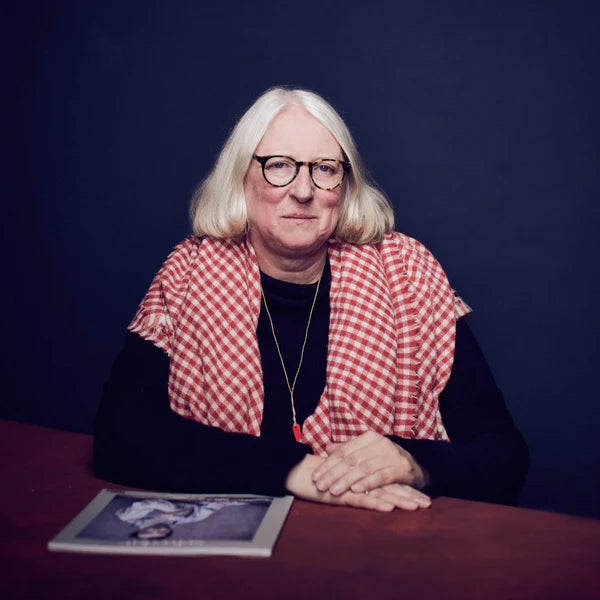Issue 33 Quilt (Digital only)
Selvedge Magazine
Couldn't load pickup availability
March/April 2010


THE IDEALISED IMAGE of a group of women huddled together supporting each other through life’s difficulties while working communally on a quilt is enduring and comforting. Whether or not it is true is another matter. Hollywood likes the idea, it appears in Peter Weir’s ‘Witness’ and ‘How to make an American Quilt’, and novelists too make use of this example of feminine solidarity. Some are wary of mythologising a craft that was, for many who perfected it, a skill born of harsh necessity. The wives of unemployed miners, who made quilts to make ends meet during the 1930 were stitching for survival not social entertainment, that was left to the patrons of Claridges who slept beneath their handiwork. In some ways the beautiful stitched designs and the intricate patchwork that women made are marks of pride and defiance in the face of difficult circumstances.
Americans are rightly proud of their quilting traditions but they share them with every country where thrift is part of everyday life, and isn’t that everywhere in the world? The technique is traced to Ancient Egypt and can be found in kanthas, the stitched quilts of Bangladesh and Japanese Boro textiles: the oldest quilt I know of is the Tristan quilt from Sicily which was made in the 14th century. Today, it is in the permanent collection of the V&A Museum, London, a fitting location as the UK has an illustrious quilting tradition. We also have an unfortunate tendency to hide our talents under a bushel. Hopefully the major spring exhibition at the V&A Museum will change that. Skillfully put together by Sue Prichard, Quilts 1700-2010, explores the stories told in 65 British quilts from the last three hundred years, from figurative 19th-century quilts to the work of contemporary artist Natasha Kerr. The exhibition inspired us to put together our first ‘technique themed’ issue and in doing so we have been struck by the commitment and energy of the women who champion craft, from the dedication of Jen Jones to Welsh quilts, to Denise Lewis’ desire to revive rural traditions.
The exhibition’s launch comes in the middle of British Museum director Neil MacGregor’s radio series TheHistoryoftheWorldin100Objectsin which he is attempting to tell a history of the world through objects in The British Museum’s collection (daily, 9.45am, BBC Radio 4). To date there has not been a quilt – but if this issue has taught me anything it’s that a great deal can be discovered by piecing together the clues found in a quilt.
Polly Leonard, Founder
Share
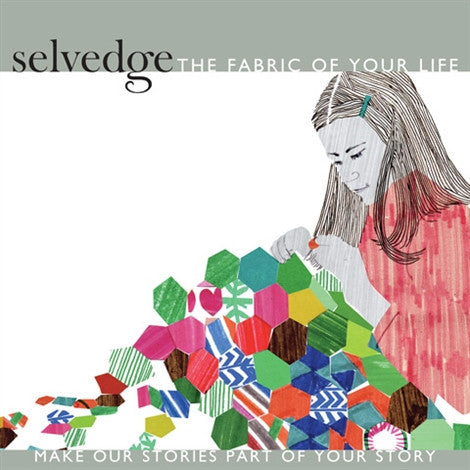
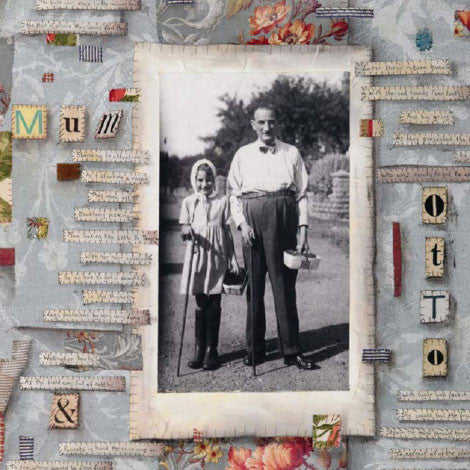

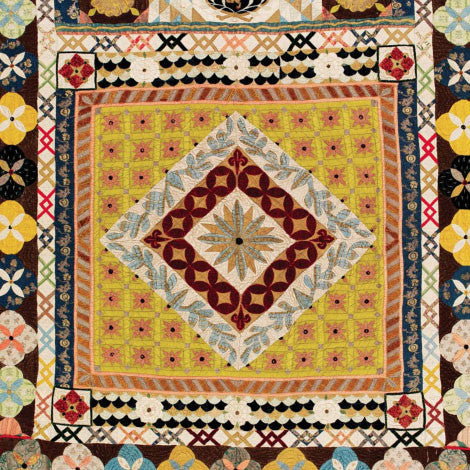





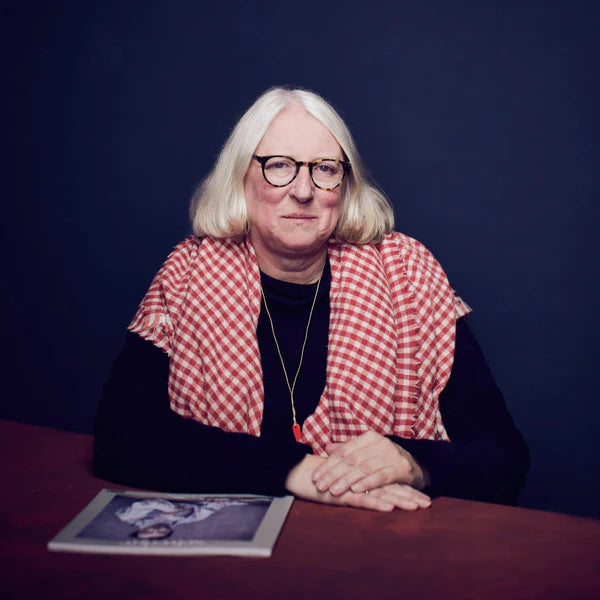
A truly enjoyable read
This magazine is a joy to read on every level. It is well researched, interesting and beautifully written. It cleverly connects the distant past with cutting edge current practice and has inspired me to learn more about both. Now I want to read more!
Visually very satisfying and intellectually stimulating
I always find Selvedge Magazine visually very satisfying and intellectually stimulating. I have all the issues in my library and will have to find a good institution to donate then to when the time comes. I remember getting issue 00 at some conference or meeting in the US when you were first starting out. Bravo again for so many years of sharing the joy of textiles in all its varied forms with all of us.
Congratulations on your vision!
I’ve just been looking up your magazine, and absolutely love it! It seems like it knits together all the slices of delight that are left over in our soul when we are spent with our daily survival transactions…..congratulations on your vision!
Inspirational, Cultural, Educational
I am intriqued -- every issue of Selvedge. I am inspired toward my own work as an artist, as a weaver, as a designer, as a student of global artistry. Forever indebted.
Absolutely gobsmackingly gorgeous
I was expecting something nice, but I was in no way prepared for how absolutely gobsmackingly gorgeous and inspiring your magazine is. Wow and wow. Now I’m counting the minutes until my next paper copy arrives.





